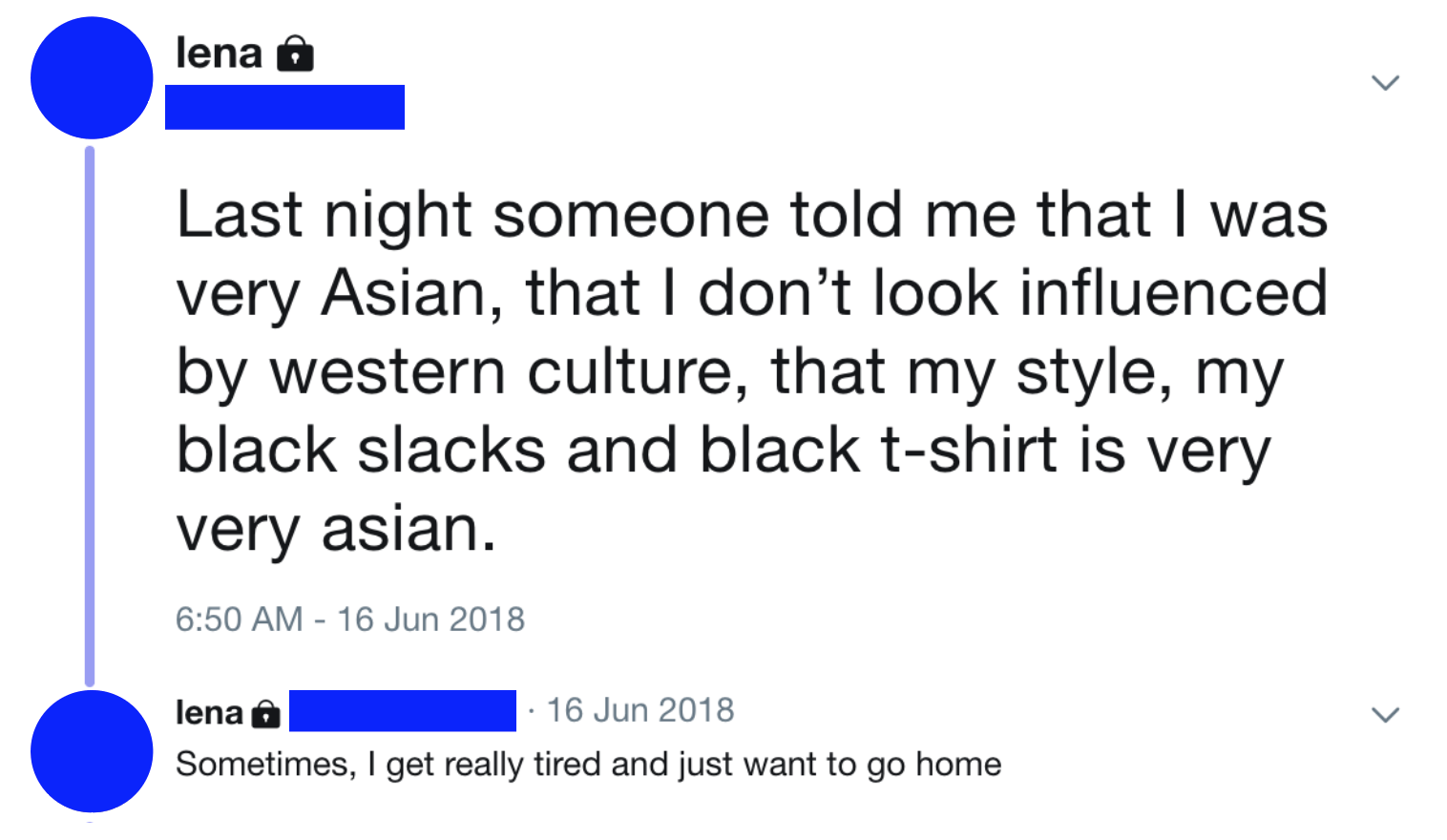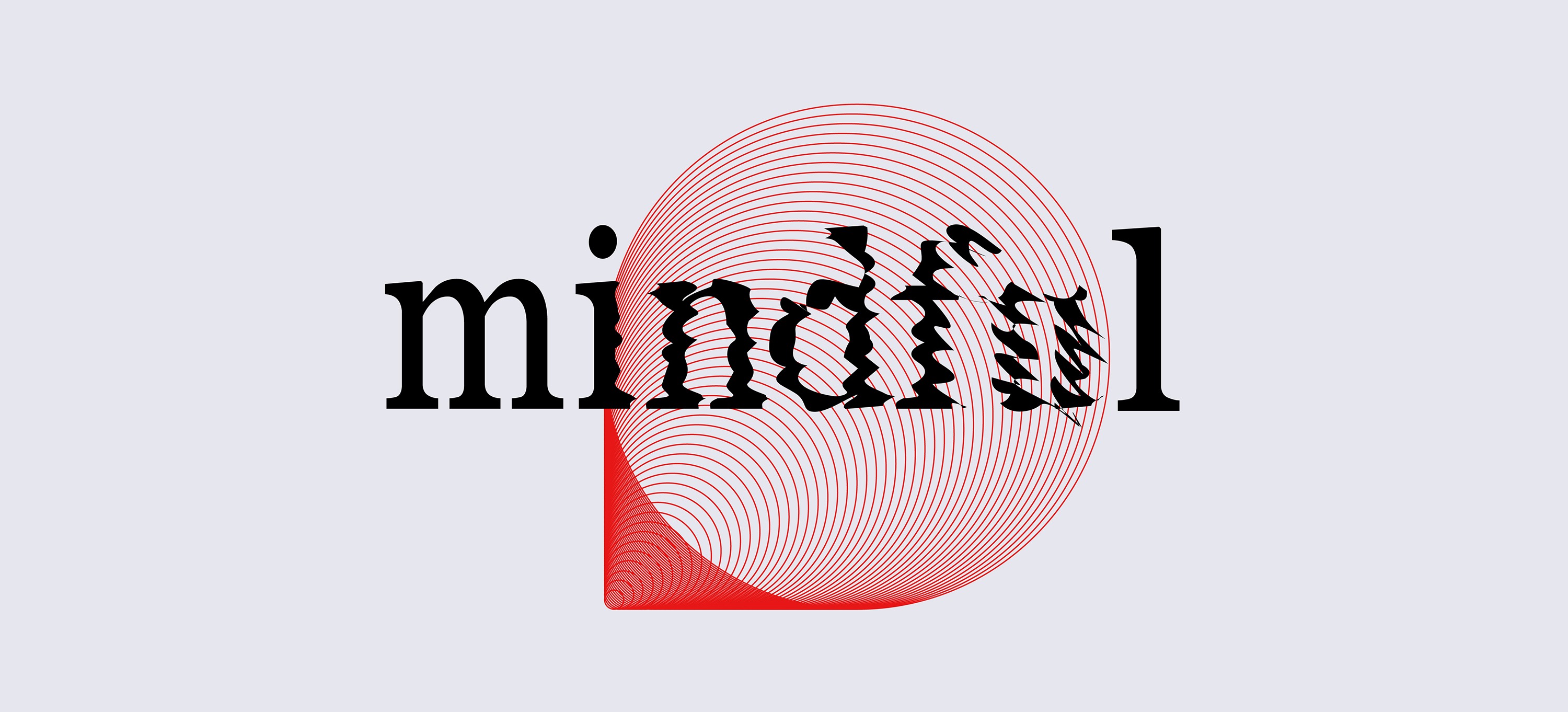Kicking off the beginning of Railyard 2019, David Choy had just come fresh from a ten-day silent retreat to introduce this year’s theme, Mindful Design. To be honest, this was my first day on the job, third day back in the country, I was jet-lagged, and I had no idea what to expect. For the first 10 minutes of the presentation, I was grappling at why I didn’t go to sleep earlier all the while trying to wrap my head around the fact that David could meditate for 10 hours a day, every day, for ten days straight. As someone who can be a bit more reserved, even I, seriously, can’t remember the last time I was silent for more than half an hour.
In his ultra-soothing voice, David explained to us that User Experience (UX) Design is something that is constantly evolving because humans are constantly changing. What once started from designing for convenience, grew quickly into a values-based economy. Now there is an increasing interest and emphasis on human-centered design focused around the human perspective. As this movement is shifting and urgently becoming more important, how should we as designers use our seat at the table? How do we practice mindfulness, not only in our design process but rewire it into the way we see the world? Defined, mindfulness is directing attention to the present moment, noticing what you notice without judgment. Lowering cognitive bias from the world around us and freeing our own biases, taking in each piece of information at face value, untampered— just as it is, and just as it comes.
Now, of course, that’s easier said than done. When it comes down to it, it is practicing and adopting mindfulness that really matters. An important takeaway for myself is, “how you say something is just as important as what you say.” It is by taking “that moment to pause and choose your responses mindfully,” that we begin to “make space for another human.” Before attempting to understand another perspective one should evaluate and know the colour of their own lens, how your own experiences can cloud your judgment, and how to remove and address your own bias.
All-in-all, that sounds great, but what does that even mean? What is mindful design? How do I know that it’s not just another buzzword for companies to use with empty promises like diversity— I’m not down to be another token Asian in a company orientation deck, and diversity— I’m looking at you Uber. Forgive me if I’m coming off a bit jaded, but you hear a lot of job postings and companies selling design as something that changes the world. Do you actually have a plan in motion? Is it actionable? How are you going to change the world? That’s a really big job. In theory, mindful design is beautiful. In practice, it can be really hard.
So how have I done it? As a designer who has worked abroad, I have learned, and continue to learn, what it means to define and redefine myself as an Asian female designer. Working in a company and living in a city where I am a visible minority has taught me what it feels like to be overlooked and excluded. It is often the small comments people say that really gets to me.

Having had the privilege to travel has been an extremely humbling experience; it has challenged me to evaluate my own biases and how my perspective can be damaging. That’s how I practice mindfulness. Start small. Start by being a bit more thoughtful, a bit more empathetic. Take that extra moment to reflect. Put yourself in another’s shoes. Be open to learning and experiencing new things. Embrace it. What can seem small and insignificant can truly mean the world to someone else.
At the end of the day, it’s about using what little power you have in your own hands and acting on it more thoughtfully. In your personal life, strive for a new standard– it isn’t about changing the world, but about small steps we all can collectively take. Maybe it’s my two years of university with the romantic notion of being an English major, or maybe it’s because I’m currently listening to Sampha on repeat (btw, if you don’t know who that is, you should definitely check him out), but I do truly, even a bit naively, believe that design, in one small way or another, can make a difference if we just took a moment and all tried a little harder. I think that it all kinda goes without saying, all good design is mindful design.
Start now.
As David would say, why wait for permission to give the world beauty?
(Also, David, keep up the good work, that was super neat how you can lift yourself up with those handlebars.)
–––
Written by Elena Hsu for the Railyard Lab blog.
